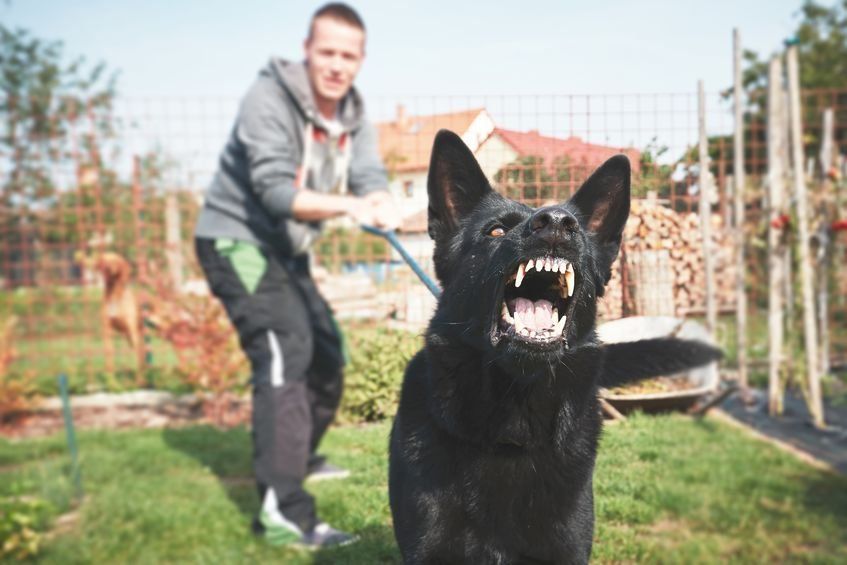How to Avoid Dog Bites
Whether a dog bites isn’t determined by how familiar you are with them, nor is it determined by breed, gender, or size. The fact of the matter is that any dog can bite at any time with little to no warning and, when they do, the consequences can be grave.
According to the Centers for Disease Control (CDC), one out of every five people who are bitten by dogs has to seek medical attention. Dog bites are not only painful but can lead to infection if not treated properly. Bite wounds to the head and neck are especially serious.
The good news is, most dog bites are preventable. With a little common sense and a basic understanding of a dog’s psychology, most encounters with dogs, stray or otherwise, can be positive.
Why Dogs Bite
Despite what some people think, there is little evidence to suggest that certain types of dogs are more prone to bite than others. This is because all dogs can become aggressive if they are afraid or feel their environment has become hostile.
Fortunately, you can recognize signs of aggression fairly easily. Some common signs include, but may not be limited to:
- Raised/puffy looking fur
- Ears that are pointed straight up or forward
- A tail that is standing straight up or is between their legs
- Growling
- Lunging
- Barking
- Lip licking
- Snarling/curled lips
- Frequent yawning
- Eyes that are wide with visible whites
Remember, you should be alert and observant any time you are around any animal. Even a dog whose tail is wagging can be an aggressive dog.
Preventing Dog Bites
Knowing how to behave around dogs is the number one step toward dog bite prevention. The following suggestions on how to treat dogs can go a long way toward avoiding negative interactions:
- Always ask if it’s ok before petting someone’s dog and never approach a stray dog.
- Be quiet and calm around dogs. Avoid making loud noises, shouting, or making sudden movements so you don’t startle them.
- Never interfere with a dog that is eating, sleeping, or tending to puppies.
- Do not engage in aggressive or violent play such as hair, tail, or ear pulling.
- Never attempt to corral or corner a dog.
- If a dog doesn’t appear to be interested in you, do not force interaction.
- If you are being approached by a dog (stray or otherwise) stand still, don’t directly face the dog, keep your arms by your side, and don’t make eye contact.
- If the dog appears friendly, crouch to their level and allow them to sniff you before petting them.
- If you notice signs of aggression, slowly back away from the dog while saying “good dog” or “it’s ok” in a calm, friendly tone. Continue to back away until the dog loses interest or you can get to safety.
- If a dog charges or lunges, remember: you cannot outrun a dog. Instead, say “no” in a loud, firm voice. Try to put something between you and the dog, like a tree, fence, stick, or any other object. Continue to try to back away.
- If the dog attacks, shout for help while curling into a ball and doing your best to protect your head and neck.
Education is prevention. Be sure to review the above rules with children and remember to never leave a child alone with a dog, even for a moment.
Consequences of Dog Bites
Many people associate dog bites with contracting rabies. While rabies is a serious disease, and it can be transmitted via dog bite, it is not a common occurrence. Additionally, there are several other diseases that contracted from a dog bite, including MRSA, Pasteurella, and tetanus.
All of these conditions can cause serious medical issues and, in some cases, death. That is why it is absolutely critical to know what to do when a dog bites and seek medical attention immediately.
Finally, if you’ve been bitten by a dog, you should contact a North Carolina personal injury lawyer as soon as possible. If you were harmed by a “dangerous dog,” the attorneys at Mulligan Attorneys, may be able to help you receive compensation for your injuries. Contact us to schedule a consultation and learn what your rights are.




